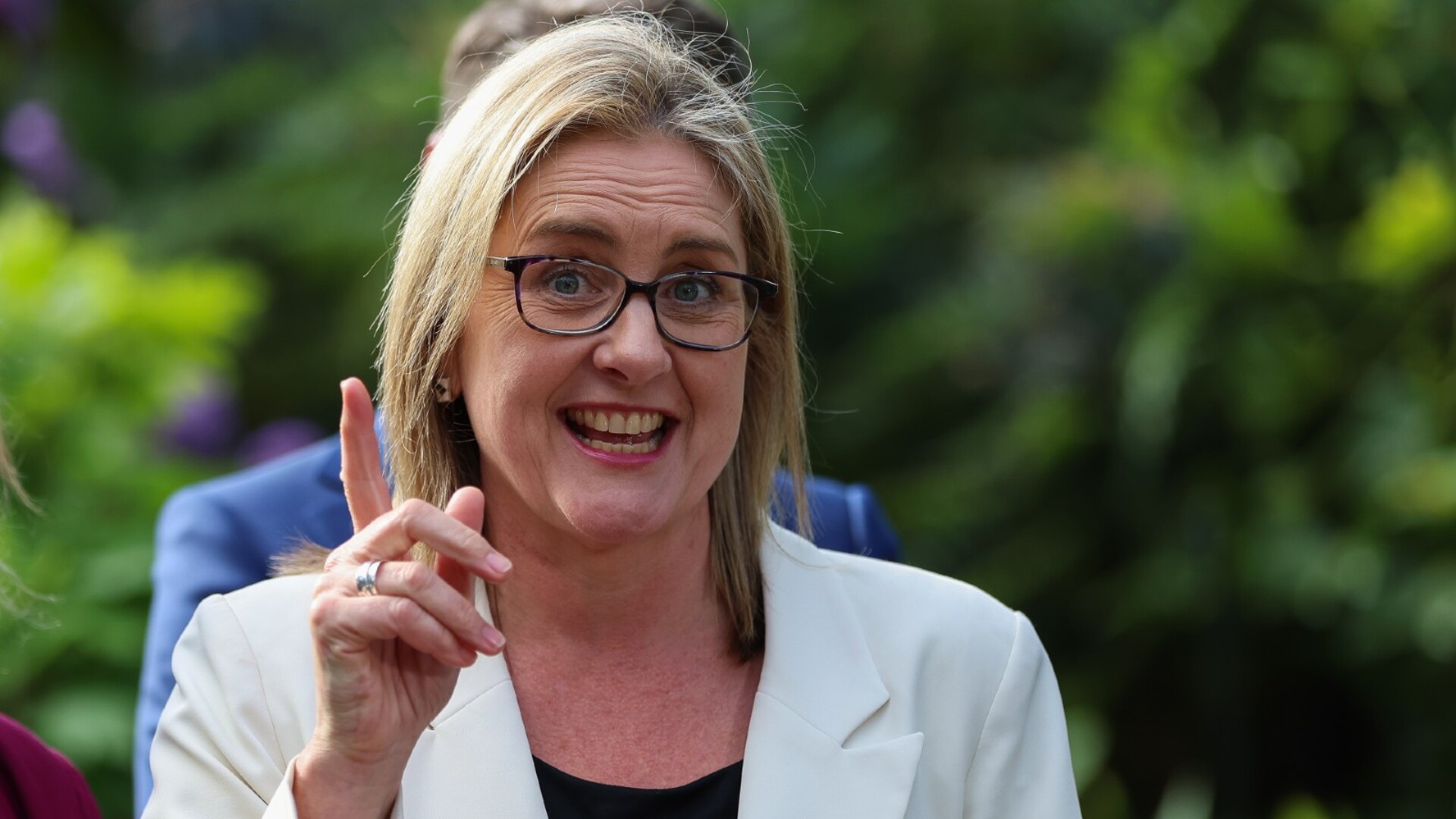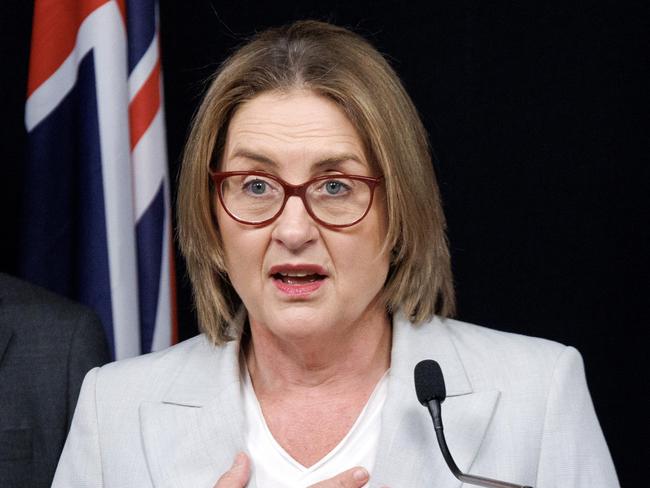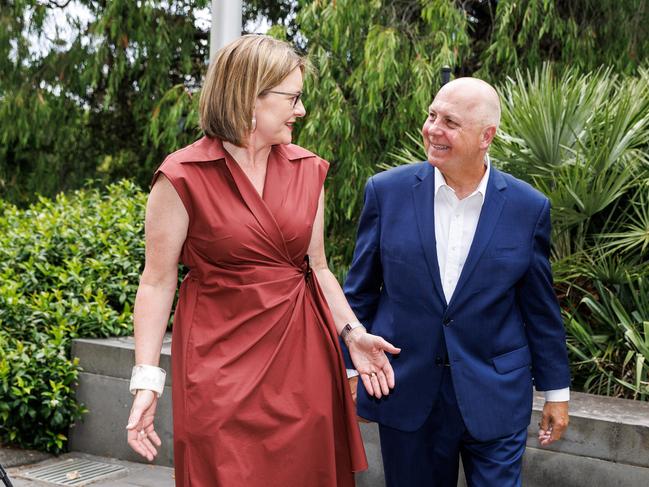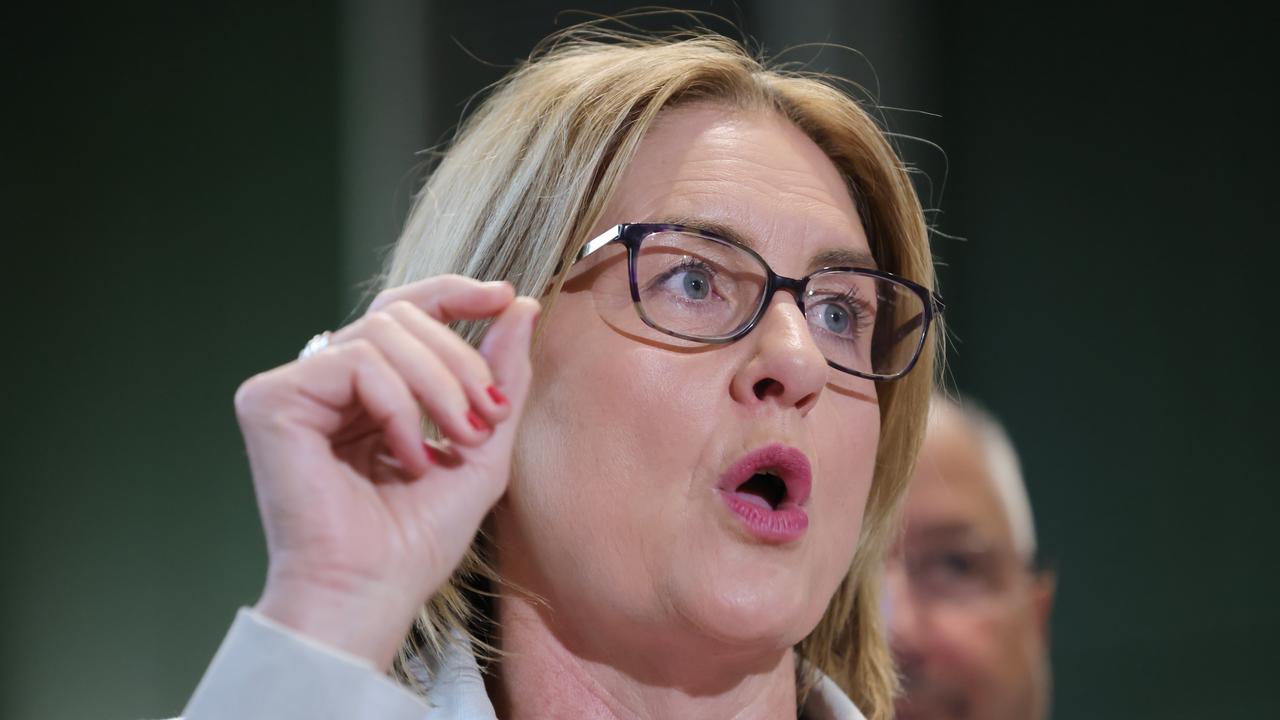Fears Victoria’s net debt level of $187bn is likely to continue rising
There are major concerns the Allan government is underestimating its costs as analysts warn the super-sized public service is a significant challenge to addressing the state’s debt.

Victoria
Don't miss out on the headlines from Victoria. Followed categories will be added to My News.
Victoria’s public sector wages bill has blown out by almost $3bn in just one year, raising huge concerns that the state is underestimating its costs.
The Victorian government released a “horror” budget update this month which revealed that the cost of staffing the government for 2024-25 had quietly been revised to $37.52bn.
The figure is up from the forecast $34.77bn for Victoria’s public sector wages bill, which was set out in the 2022-23 budget the Labor government released after being returned to power for a third term.
The blowout means the Treasury has had to find an extra $2.7bn to pay its workforce.

Analysis by the Herald Sun has also revealed that the state has consistently underestimated its wage bills in recent years by between $1-$2bn, inflaming concerns that Victoria’s net debt level of $187bn is likely to continue rising.
The government’s wages bill has almost doubled from the $18.8bn spent when Labor took office.
Additionally, if this year’s spending were replicated annually, the state’s wage bill would far exceed the $41.2bn forecast for 2027-28, making it closer to $50bn.
Economists and analysts have long warned that Victoria’s super-sized public service is a significant challenge to addressing the state’s debt.
Last week, former treasurer Tim Pallas tried to claim Victoria’s economy was “improving and sound” despite him leaving behind debt hurtling towards $188bn and the highest taxes in the nation.
He also overhauled two levies, meaning Victorians would have to cough up more money.
Mr Pallas finished up last week, just days after delivering a “horror” mid-year budget update that outlined the state’s deficit had ballooned by a further $1.4bn to $3.6bn this financial year.
A government spokesman said the increase came in response to cost-of-living challenges.
“In response to increasing cost-of-living challenges – being faced by people and organisations around the world – the government updated its public sector wages policy to support Victorian workers,” he said.

“The mid-year budget update confirmed that we’re on track to meet our five-step fiscal strategy: delivering surpluses and driving down debt.”
Opposition treasury spokesman Brad Rowswell said the increase was concerning.
“After 10 years of Labor, Victoria’s public service has doubled in size. In the same period, Victoria’s public sector wage bill has also doubled. Yet because Labor’s priorities are all wrong, our state is short of 1000 police and 1000 teachers.
“Reducing the size of the public service together with scrapping the Suburban Rail Loop must be a priority for Labor’s new treasurer.”
In a bid to curb wage spending, the state government has enacted a policy of capping annual pay rises at 3 per cent.
However, recent pay deals have included hefty sign-on bonuses, menstrual leave and mobility payments, which add to the bottom line.
The state is also locked in long-running pay disputes with police and firefighters. Both are fighting for pay rises of more than 20 per cent over 4-5 years.
A Community and Public Sector Union spokesman said that was justified after the state moved to stop outsourcing work to consultants and private firms in recent years.
“The days of hidden employment through contracted labour agencies has been effectively and systematically eliminated and direct transparent secure ongoing work fortunately is the feature now and this is the cost of services for a booming Victorian population,” they said.
Originally published as Fears Victoria’s net debt level of $187bn is likely to continue rising



